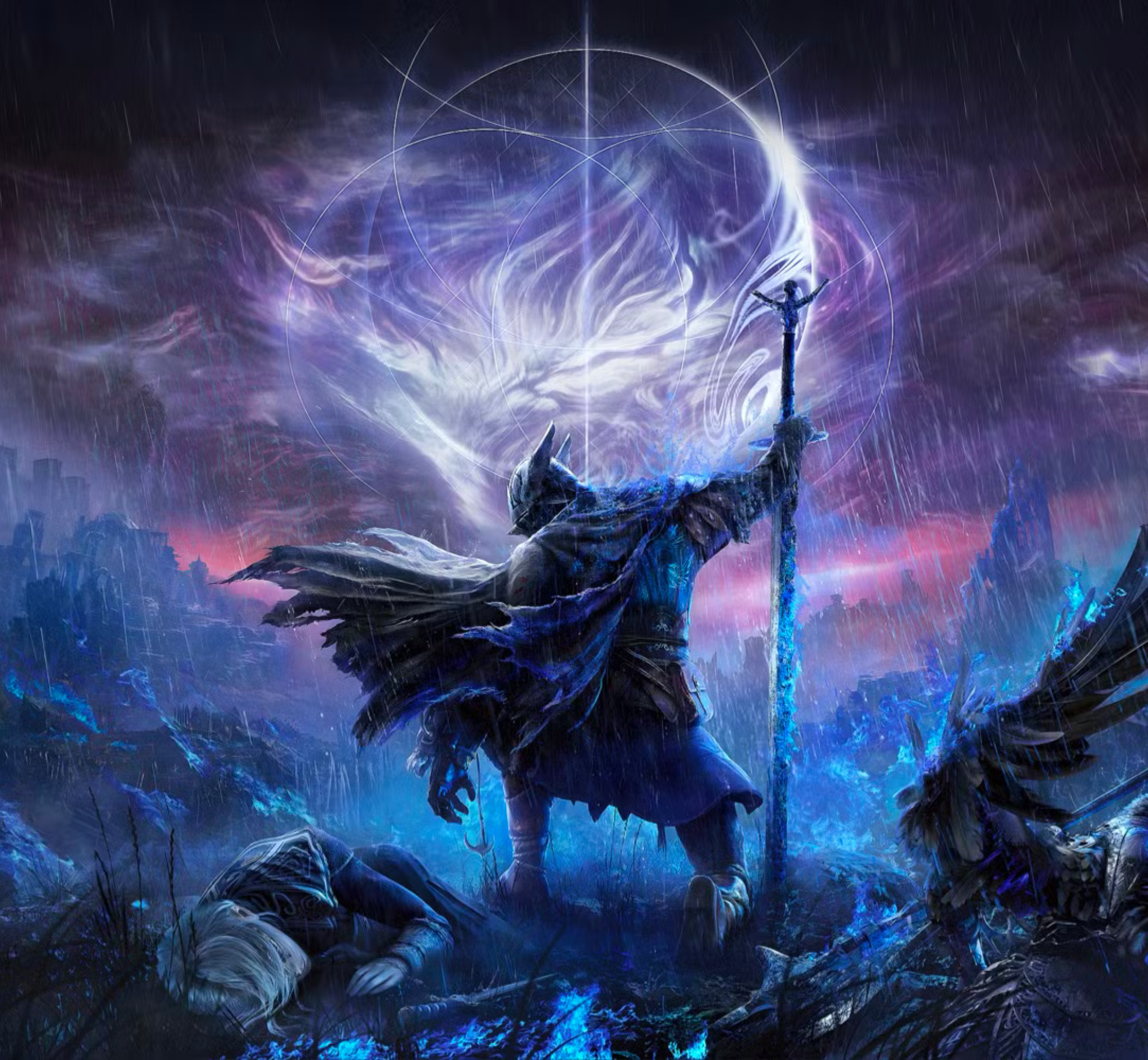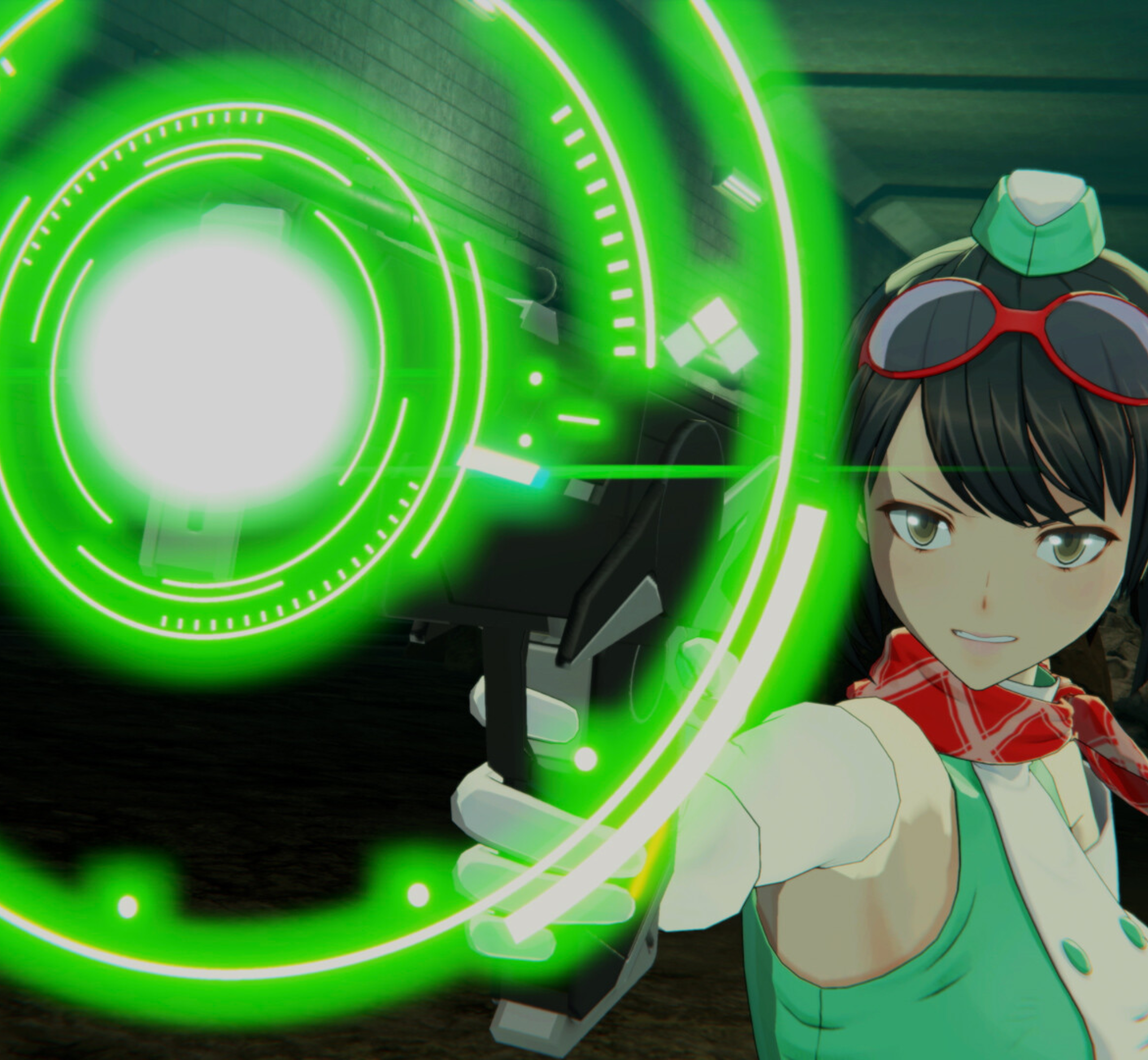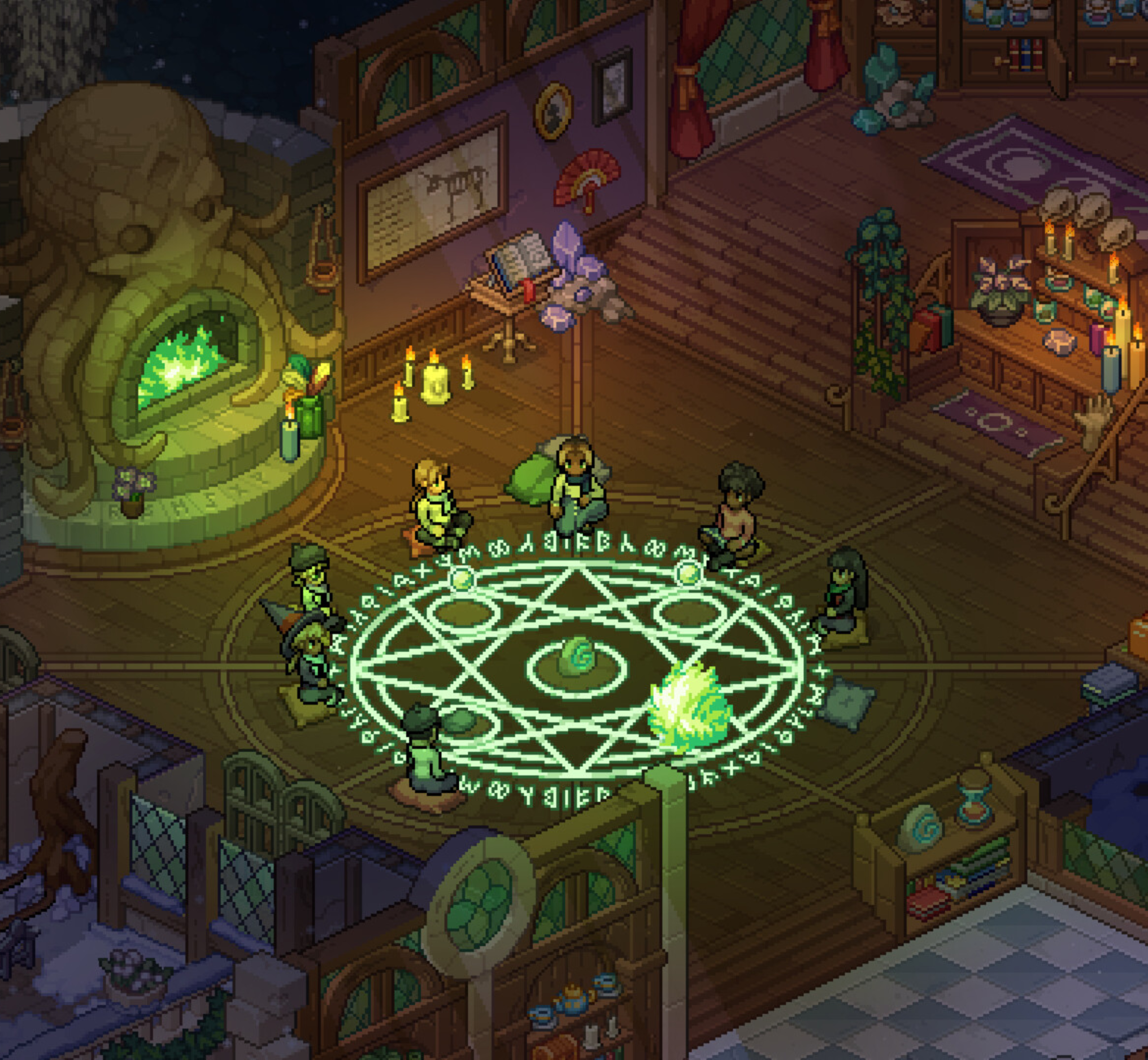FromSoftware’s Elden Ring: Nightreign is redefining what the Elden Ring experience looks like in 2025. Released May 30 at a budget-friendly $39.99, the roguelike spin‑off quickly sold over 3.5 million copies in just five days, signaling strong acceptance from both Souls veterans and newcomers alike.
Roguelike Meets Elden Ring Combat
Rather than a sprawling open-world RPG, Nightreign condenses the Elden Ring formula into intense three-player (or solo) runs on a constantly shrinking map. Players select from eight preset Nightfarers—like the Wylder, Guardian, Duchess, and Recluse—each boasting unique abilities and ultimates. These expeditions play out across three in-game days, culminating in battles against powerful “Nightlords.” The gameplay loop emphasizes quick decision-making, aggressive weapon swapping, and strategic resource use—much like a speedrun through familiar Soulsborne mechanics.
Multiplayer That Breaks Tradition
While prior FromSoftware titles offered cooperative features, Nightreign flips the script with a built-in three-player co-op system and no PvP elements. Death isn’t a setback—players can be revived by teammates or nearby mobs, eliminating frustrating dropouts and preserving game flow. Despite initial criticism for omitting a two-player mode and lacking cross-play, the recent Patch 1.02 introduced a dedicated “Duo Expeditions” mode—alongside much-requested UI improvements for easier relic filtering.
Reimagined Elden Ring, or Just a Side Project?
Critical response has been broadly positive. Reviewers describe Nightreign as an electrifying mashup of Fortnite-style zone shrinking, Monster Hunter loot hunting, and Souls combat stripped of long-term exploration. While some critics lament the absence of sprawling maps, layered lore, or character customization, others celebrate it as an accessible, replayable experience that retains the weight and challenge of FromSoftware’s legacy.
Memorable Encounters and Emerging Meta
Boss design in Nightreign breaks new ground: characters like Libra, a Nightlord whose fight involves bargaining, healing crystals, and Madness dynamics, have become standout encounters. The relic meta—particularly the Grand Luminous Scene relic that stacks permanent attack bonuses through Evergaol boss defeats—has shaped speedrun strategies across the player base, leading to ironic developer commentary on the community’s obsession with it.
What Lies Ahead
At launch, Nightreign charted a new course for sorcery-light, cooperative Elden gameplay. With over five million copies sold shortly after release, FromSoftware’s pivot to roguelike structure is validated by player enthusiasm. The upcoming updates—like Duo mode, better UI, and potential additional content or characters—suggest continued support.
Final Word
Elden Ring: Nightreign turns the traditional series’ expansive, methodical journey into a fast-paced, multiplayer-centric experience. While it diverges significantly from the open-world ethos of its predecessor, its refined mechanics, compelling classes, and evolving meta have made it impossible to ignore. For those craving a high-intensity Soulslike with short, repeatable runs and true co-op focus, Nightreign delivers—and then some.



